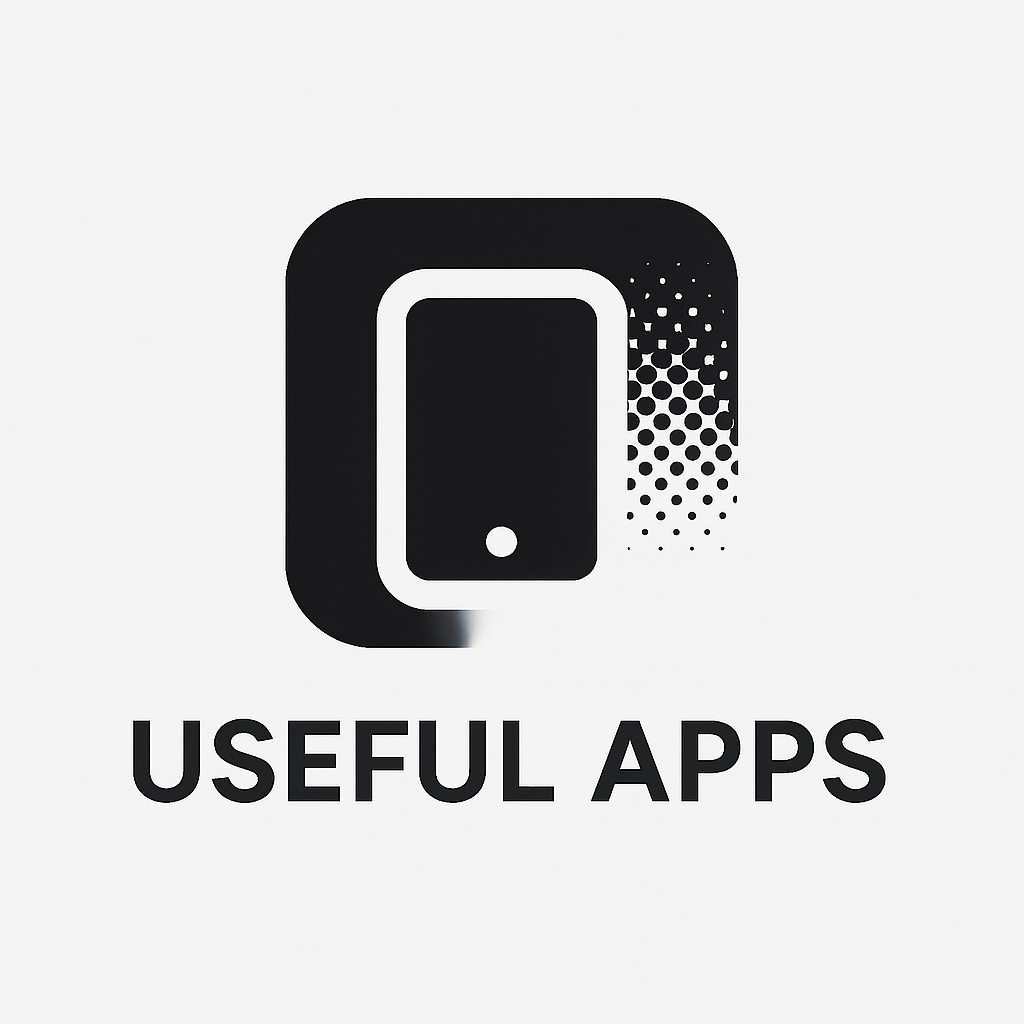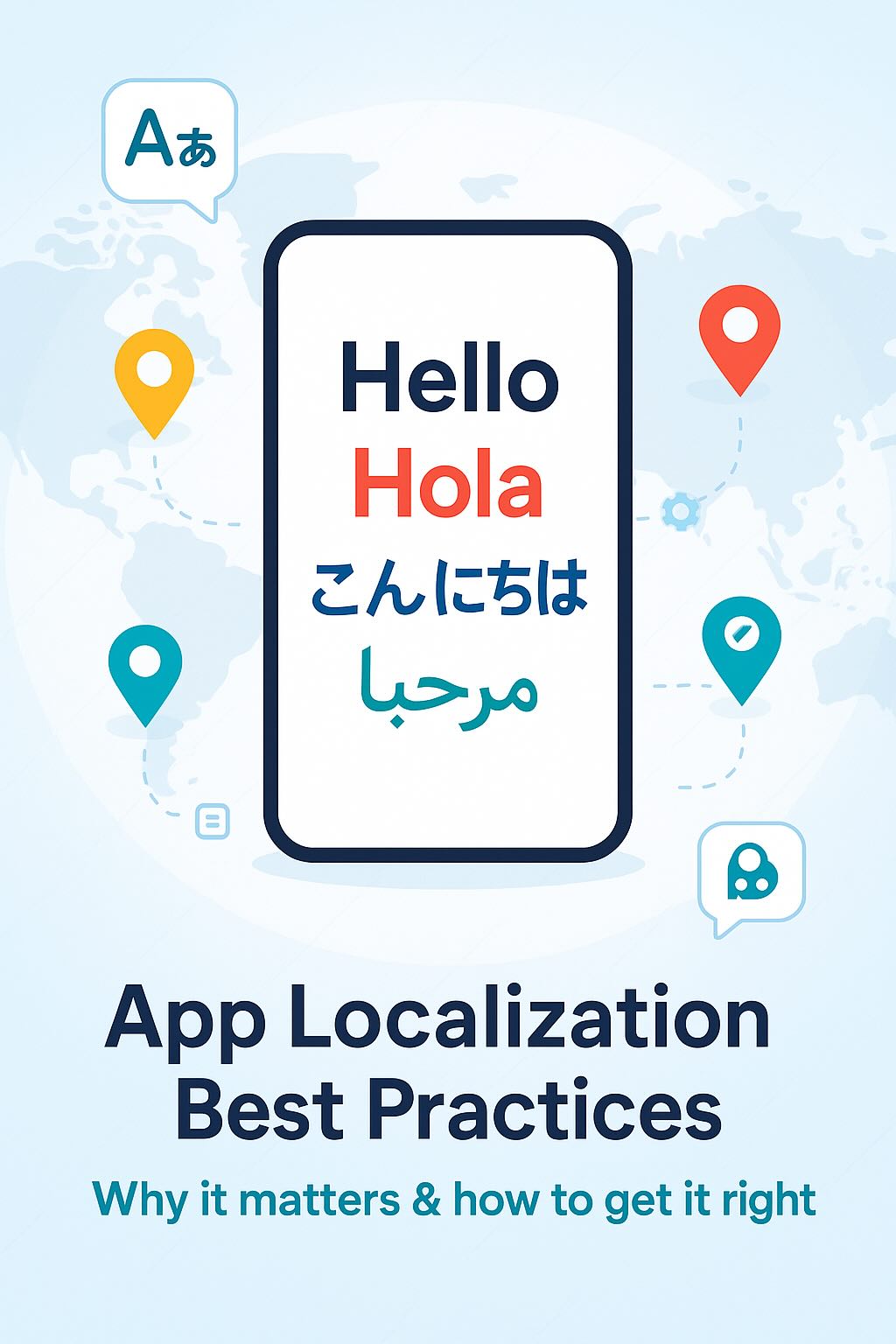Building Mobile Apps for Global Markets: Localization Best Practices
In today's interconnected world, launching a mobile app exclusively in one market means missing substantial global opportunities. Proper localization—adapting your app for different regions and cultures—can dramatically expand your user base and drive international growth. This guide explores essential strategies for successfully localizing your mobile application.
Table of Contents
- Why App Localization Matters
- Essential Elements of Effective App Localization
- Localization Strategy and Process
- Common Localization Pitfalls
- Localization Technology and Tools
- Expand Your Global Reach with Expert Localization
Why App Localization Matters
Localizing your mobile app delivers multiple benefits:
- Expanded Market Reach: Access millions of potential users in new regions
- Increased User Engagement: Users engage more deeply with apps in their native language
- Higher Conversion Rates: Localized apps typically see 100-500% more downloads in target markets
- Competitive Advantage: Many apps remain unlocalized, creating opportunity in underserved markets
- Enhanced User Experience: Users feel valued when apps reflect their language and culture
Essential Elements of Effective App Localization
1. Translation Excellence
Quality translation is the foundation of localization:
- Professional Translation: Invest in native-speaking translators who understand both languages and cultures
- Context Provision: Give translators context about how text appears in the app
- Avoid Machine Translation: While improving, AI translation often misses cultural nuances
- String Length Considerations: Account for text expansion/contraction across languages
- Language Variants: Consider regional differences (e.g., Brazilian vs. European Portuguese)
2. Cultural Adaptation
Beyond language, successful localization requires cultural sensitivity:
- Visual Elements: Adapt colors, images, and icons to align with cultural expectations
- Date and Time Formats: Use locale-appropriate formats (MM/DD/YYYY vs. DD/MM/YYYY)
- Units of Measurement: Convert between imperial and metric systems as needed
- Currency and Pricing: Display appropriate currencies and adjust pricing strategies
- Local Regulations: Ensure compliance with regional privacy and data protection laws
3. Technical Implementation
Proper technical architecture enables smooth localization:
- String Externalization: Keep text separate from code in resource files
- Right-to-Left Support: Design interfaces that work for languages like Arabic and Hebrew
- Unicode Support: Ensure proper character rendering across all languages
- Font Selection: Choose fonts that support all required character sets
- Flexible Layouts: Design UI elements that can accommodate varying text lengths
The technical approach you choose can significantly impact localization complexity. Learn more about platform considerations in our guide to choosing between native and cross-platform development.
4. User Experience Adaptation
Regional user expectations may differ significantly:
- Navigation Patterns: Consider different navigation preferences across markets
- Feature Prioritization: Important features may vary by region
- Payment Methods: Integrate locally preferred payment options
- Social Integration: Connect with region-specific social platforms
- Content Relevance: Adapt content examples and references to be locally relevant
For more insights on creating exceptional user experiences, read our guide to UI/UX design principles for mobile apps.
Localization Strategy and Process
A systematic approach to localization yields better results:
Planning Phase
- Market Research: Identify target markets based on opportunity and competition
- Prioritization: Determine which markets to enter first
- Localization Scope: Decide what to localize (full app vs. key screens)
- Resource Allocation: Budget for translation, cultural adaptation, and testing
Implementation Phase
- Internationalization: Prepare codebase for localization
- Translation Management: Use specialized tools to manage translation workflow
- Integration: Incorporate translated content and regional adaptations
- QA Testing: Test with native speakers and on local devices
Post-Launch Phase
- User Feedback Collection: Gather region-specific feedback
- Performance Monitoring: Track metrics by region
- Continuous Improvement: Refine localization based on user data
- Market-Specific Updates: Consider region-specific features or content
Ongoing maintenance is crucial for localized apps. Learn more about keeping your app updated in our guide to app maintenance strategies for long-term success.
Common Localization Pitfalls
Avoid these frequent mistakes:
- Literal Translation: Missing idioms or cultural references
- Ignoring Cultural Sensitivities: Using inappropriate imagery or references
- Hardcoded Text: Embedding text directly in code
- Overlooking Testing: Not testing with native speakers
- Partial Localization: Leaving portions of the app in the original language
Localization Technology and Tools
Leverage these technologies to streamline localization:
- Translation Management Systems: Centralize and automate translation workflows
- Automated Screenshot Generation: Provide visual context for translators
- Continuous Localization: Integrate localization into CI/CD pipelines
- Pseudo-Localization: Test UI for language compatibility before translation
- Analytics Tools: Measure performance across different locales
Expand Your Global Reach with Expert Localization
At THE USEFUL APPS, we bring extensive experience in building globally successful mobile applications. Our comprehensive localization services help you enter new markets with confidence and achieve sustainable international growth.
Our localization expertise includes:
- Internationalization Strategy: Planning your app architecture for global markets
- Technical Implementation: Building apps that support multiple languages and regions
- Cultural Adaptation Consulting: Ensuring your app resonates with local audiences
- Professional Translation Management: Working with native speakers and cultural experts
- Region-Specific Testing: Quality assurance with local users and devices
- Ongoing Maintenance: Keeping localized versions updated and optimized
Whether you're looking to enter specific international markets or create a truly global application, our team can help navigate the complexities of localization while maintaining your app's core experience and brand identity.
Ready to take your mobile app global?
The global mobile app market represents an enormous opportunity, but success requires more than just translating text. Effective localization involves understanding cultural nuances, adapting user experiences, and ensuring technical compatibility across different regions.
Our team has helped businesses successfully launch their apps in markets across Asia-Pacific, Europe, and the Americas. We understand the challenges of international expansion and have the expertise to help you avoid common pitfalls while maximizing your chances of success.
Don't let language and cultural barriers limit your app's potential. With proper localization, you can tap into new markets, increase your user base, and drive significant revenue growth.
Start your global expansion today. Our localization experts will assess your current app, identify the best target markets, and create a comprehensive internationalization strategy.
Explore our Plans & Pricing to see how our localization services can fit into your expansion budget, or check out our case studies to see examples of successful international app launches we've supported.
The world is waiting for your app – let us help you reach them effectively and authentically.


